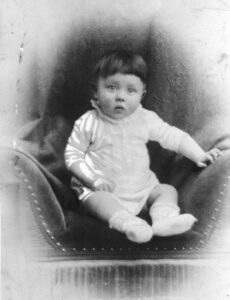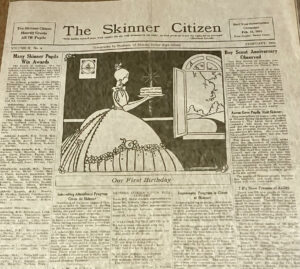Usually, you wouldn’t take a coin out of your pocket to give to a cashier and think, oh wait, this might actually be worth something! Believe it or not, there are coins in circulation that are worth a lot. Even if they look like a normal coin.
A few things determine the value of a coin. Mintage number: The number of coins a mint makes in that year. Demand: How many people are willing to buy that coin. And condition of the coin: If the coin is well kept, then it is most likely worth more than a less well kept coin. For example, if a coin is super worn out, then it is worth way less than a coin with no wear.
You can easily tell a coin is rare if it is significantly different from a regular coin. For example, if the coin is not the right size for the mold, or got out of line in manufacturing. These coins are usually worth more than they would be.
Coins made from 1965-1970 had 40% silver content. Coins made after 1971 had none. However, coins made before 1965 were made of 90% silver, making them very valuable today. Other very important coin dates are based on the coin. For example, one very important date to look for in a quarter is 1804. Although, important dime dates come much later.
5 examples of rare coins (According to Bankrate):
- The 1794 Flowing Hair Silver Dollar
- Sold at an auction for $12 million in 2022.
- The 1787 Brasher Doubloon
- One sale in 2011 saw a version of this coin, and was sold for nearly $7.4 million.
- The 1787 Fugio Cent
- Extremely rare variants can sell for tens of thousands of dollars.
- The 723 Umayyad Gold Dinar
- In 2011, the coin sold for about $6 million at an auction.
- The 1343 Edward III Florin
- The coin was sold for about $850,000 in 2006, but is now estimated to be valued around $6.8 million
To identify coins, coin collectors use different materials such as magnifying glasses, cotton gloves, coin albums, and even coin scales and coin safes. To handle and label coins, special care needs to be applied. You would also need to store your coins safely, to avoid weathering, and handle your coins with cotton gloves so to not get any oils or dirt from your hands on them. You can even buy coins from the U.S. mint, or go to a coin store.
If coin collecting piques your interest, you can start by asking older relatives like grandparents if they have any coins to look through. There are apps you can download to identify coins and their value, and there are coin starter kits you can buy to get your collection started.




Comments are closed.